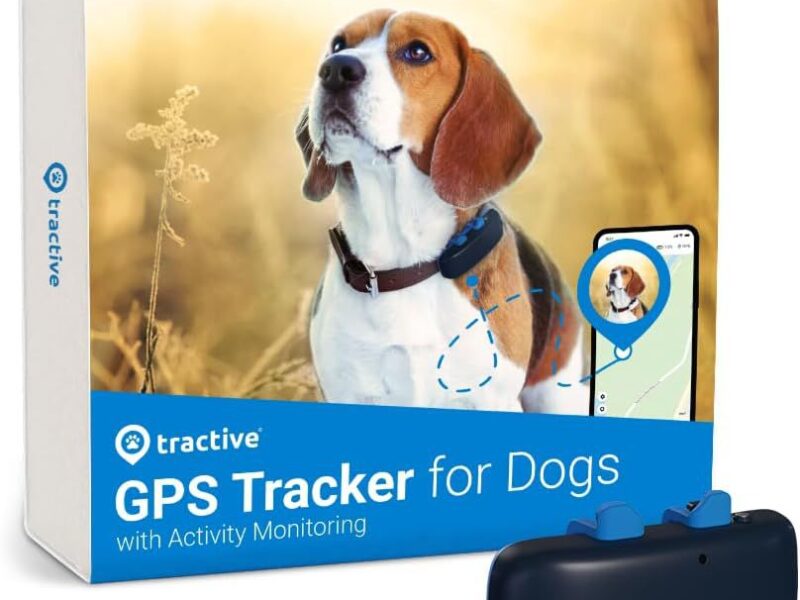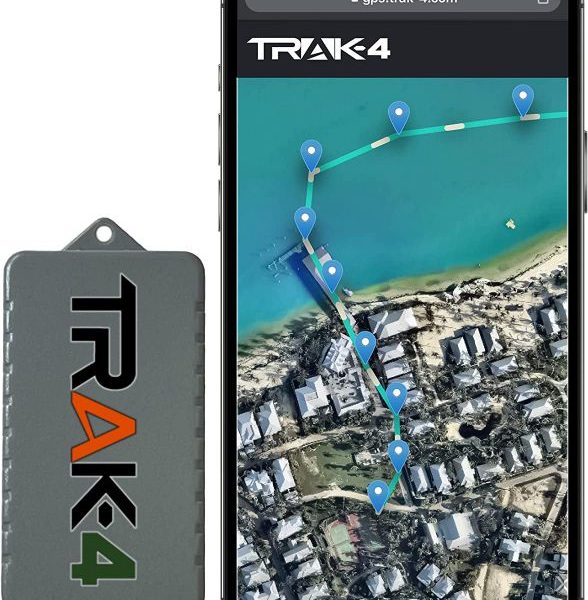As a motorcycle owner, you know how important it is to keep your bike safe from thieves. One of the best ways to do this is by using a GPS tracker.
These devices have become essential tools for bike owners to protect their vehicles from theft. With the help of a GPS tracker, you can locate a stolen motorcycle and aid in its recovery.
So, where should you hide your GPS tracker on a motorcycle? In this article, we will discuss the best locations to hide a GPS tracker on a motorcycle, taking into consideration the size and shape of the bike, as well as the type of GPS tracker being used.
With a well-hidden GPS tracker, you can have peace of mind knowing that your motorcycle is safe and secure. Let’s get into the further details!
Contents
What Are The Places To Hide GPS Trackers On Motorcycles?
Installing a GPS tracker on your motorcycle is an excellent way to keep your prized possession safe from theft. However, it’s crucial to ensure that the tracker remains hidden and secure to be effective in its purpose.
Inside The Bodywork:
Fairings or body panels are designed to protect the motorcycle’s inner workings and can also serve as an ideal hiding spot for a GPS tracker. To hide the tracker inside the fairings or bodywork, you can use zip ties to secure it.
This location offers better protection against theft but might require some disassembly to access the tracker.
- Offers better protection against theft
- Hidden from sight
- Harder to tamper with or remove
- Requires some disassembly to access and install
- Might require special tools or expertise to access
- Might affect the motorcycle’s aerodynamics and performance
Under the Seat:
The seat of a motorcycle is an excellent hiding spot for a GPS tracker as it’s easy to access and can be discreetly hidden. To install the tracker under the seat, you can use industrial-strength double-sided tape or a strong magnet. Ensure that the tracker is secured tightly to avoid any movement that might reveal its location.![]()
- Easy to access for installation and maintenance
- Discreet location that’s not easily noticeable
- Provides easy access to a power source
- Can be easily visible to an experienced thief
- Can be affected by vibrations from the motorcycle
Within the Battery Compartment:
Most motorcycles have a removable battery cover that can be easily accessed, making it a prime location to hide a GPS tracker. This location offers a balance of accessibility and protection and is an ideal spot for a small GPS tracker.
- Easy to access
- Concealed and hidden from view
- Offers decent protection against theft
- Can be affected by heat generated by the battery
- Might need to remove the battery cover frequently for maintenance
- Limited space for larger GPS trackers
Attached To The Frame:
The frame or chassis of a motorcycle offers an excellent hiding spot for GPS trackers. This location is discreet, and the tracker can be secured using industrial-strength double-sided tape or zip ties. It offers excellent protection against theft as it’s challenging to locate and access the tracker.
- Offers excellent protection against theft
- Concealed and hidden from view
- Securely attached to the motorcycle
- Might require the dismantling of some parts to access maintenance
- Can be affected by vibrations from the motorcycle
- Can be hard to access for installation and maintenance
Inside the Handlebar:
Hollow handlebars or grips can also serve as a perfect hiding spot for a GPS tracker. You can hide the tracker inside the handlebar or grips using a small magnet. This location offers the best protection against theft but might require some dismantling to access the tracker.
- Offers the best protection against theft
- Completely hidden and not visible
- Securely attached to the motorcycle
- Difficult to access for installation and maintenance
- Might require the dismantling of handlebars or grips
- Limited space for larger GPS trackers
Related Posts:
- Trak-4 GPS Tracker Review [With Monthly Fee / Pricing]
- Invoxia GPS Tracker Review – With Key Features
- Landairsea 54 GPS Tracker Review
What Are The Factors To Consider When Choosing A Hiding Spot?
As the use of GPS trackers continues to rise, it’s crucial to ensure that your tracker is hidden in a secure location.
Visibility And Accessibility:
The first thing to consider is visibility and accessibility. While it may be tempting to hide your tracker in an obscure location, keep in mind that it should still be accessible when you need it.
Battery Life And Power Source:
Depending on the type of tracker you have, it may require frequent charging or have limited battery life. It’s important to choose a hiding spot that’s near a power source or one that allows you to easily access the tracker for charging.
Weather And Environmental Factors:
The next factor to consider is the weather and environmental factors of your hiding spot. You don’t want to place your GPS tracker in an area that’s prone to flooding or extreme temperatures. It’s essential to choose a spot that will protect your tracker from the elements and ensure it lasts longer.
Size and Compatibility Of The GPS Tracker:
When choosing a hiding spot, you also need to consider the size and compatibility of your GPS tracker. Some trackers are bulky, while others are small and compact. Ensure that the hiding spot can accommodate the tracker’s size and shape.
Risk Of Theft:
If your tracker is visible, it’s more likely to be stolen or tampered with. Choose a hiding spot that’s secure and concealed from plain sight. A good hiding spot should keep your tracker safe from theft and tampering.![]()
Why Proper Installation Of GPS Is Important For Accuracy?
If the device is not installed correctly, it may not be able to transmit data accurately or consistently. This could lead to incorrect or incomplete information about your motorcycle’s location, speed, and other important metrics.
- Prepare the Mounting Surface: Once you have chosen the location for your GPS tracker, you need to prepare the mounting surface. This may involve cleaning the surface or removing any debris that may interfere with the mounting process.
- Mount the GPS Tracker: Now it’s time to mount the GPS tracker onto the chosen location.
- Connect the Power Source: Most GPS trackers require a power source to operate. Depending on the device, you may need to connect the device directly to your motorcycle’s battery or use a separate power source.
- Test the GPS Tracker: After you have installed the GPS tracker, it’s important to test the device to make sure it is functioning correctly. Check the device’s settings and ensure that it is transmitting data correctly to your chosen tracking app or website.
Common Mistakes To Avoid During Installation
- Failing to test the GPS tracker after installation.
- Using improper mounting hardware or techniques.
- Choosing a location that is not secure or easily accessible.
Frequently Asked Questions
Q. What is the best location to hide a GPS tracker on a motorcycle?
Ans. The best location to hide a GPS tracker on a motorcycle is under the seat or in the tail section.
Ans. You can ensure your GPS tracker stays hidden and secure by using a tamper-resistant and waterproof casing and attaching it with strong adhesive.
Q. How can I track my motorcycle using a GPS tracker?
Ans. You can track your motorcycle using a GPS tracker by accessing its location data via a mobile app or web portal provided by the tracker manufacturer.
Q. Can GPS trackers be used to recover stolen motorcycles?
Ans. Yes, GPS trackers can be used to recover stolen motorcycles by providing real-time location data to authorities or using a geofencing feature to alert you when the motorcycle leaves a designated area.
Conclusion
If you are looking for the best way to protect your motorcycle from theft, hiding a GPS tracker is an amazing and outstanding solution. Furthermore, the placement of the tracker plays a crucial role in its effectiveness.
Keep in mind that the best location is one that is discreet and not easily accessible to potential thieves. By choosing a hidden spot and ensuring the tracker is well-concealed, you can rest assured that your motorcycle is safe and secure.
Moreover, don’t forget to regularly check the tracker’s battery life and signal strength to ensure that it’s functioning optimally.



